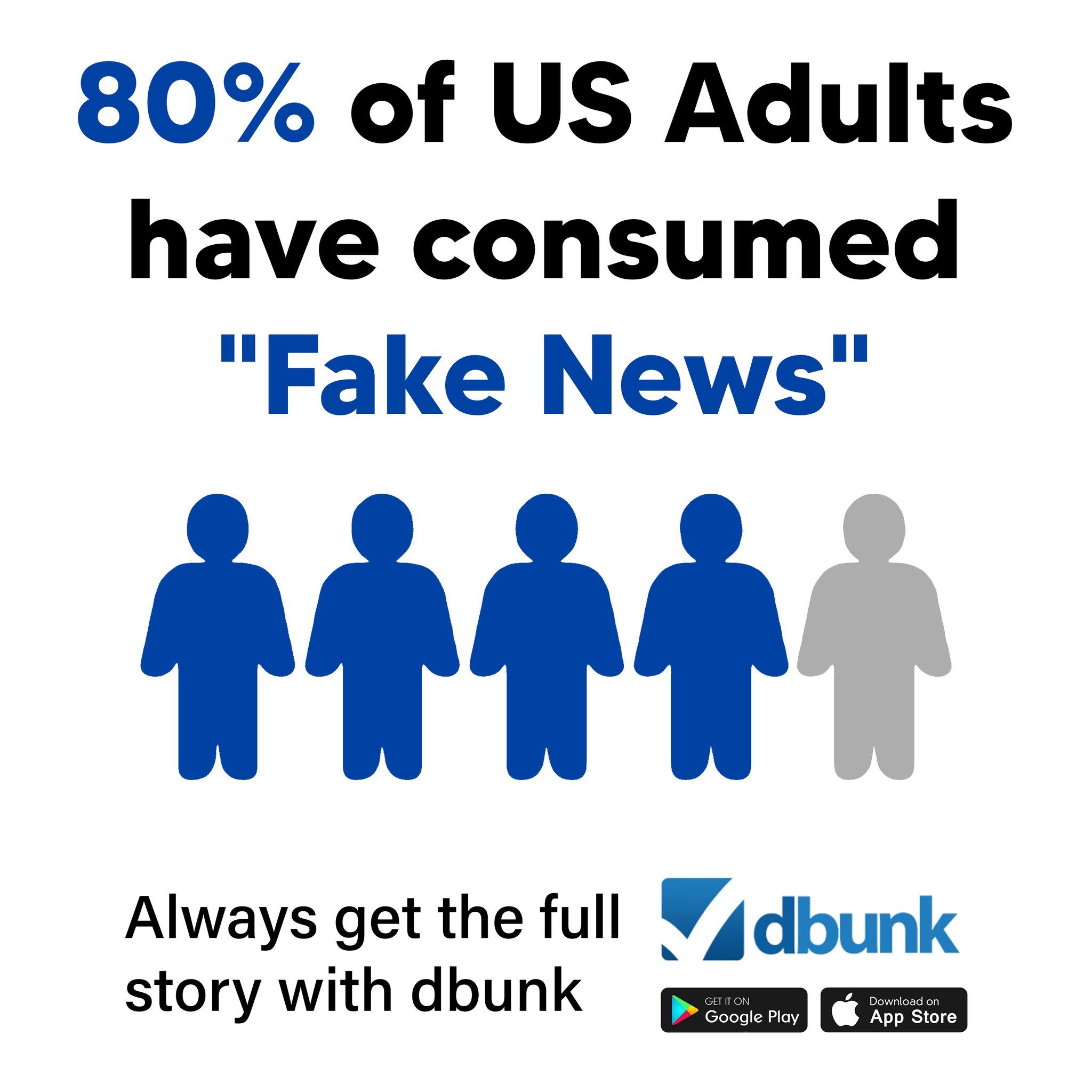
Introduction
Amid rising tensions and tentative diplomacy, CNN published a report detailing new nuclear negotiations between the United States and Iran under the Trump administration. The article sparked concern and confusion, especially around whether the U.S. is threatening war even as Iran signals readiness to negotiate. DBUNK readers asked us to verify the accuracy of this narrative and identify any bias or misinformation hidden beneath the surface—particularly around claims involving threats of military action, the nature of the talks, and Israel’s involvement.
Historical Context
The Iran nuclear issue has defined U.S. foreign policy debate for over two decades. In 2015, the Joint Comprehensive Plan of Action (JCPOA) was signed between Iran and major world powers, including the U.S., to restrict Iran’s nuclear program in exchange for sanctions relief. President Trump withdrew from the deal in 2018, citing its ineffectiveness and Iran’s regional aggression. Tensions grew, with attacks and sanctions intensifying. Now, under renewed negotiations, both nations seem open to diplomacy—but under the shadow of possible military escalation.

Claim #1: President Trump threatened military action if a nuclear deal is not reached
This claim is accurate. The article quotes President Trump saying, “If it requires military, we’re going to have military. Israel will obviously be very much involved in that. They’ll be the leader of that.” This is consistent with previous Trump-era rhetoric using military threats to pressure Iran into negotiation. Multiple sources, including Reuters and The Hill, corroborate this language in official comments made aboard Air Force One and in press briefings. This reflects a dual-track strategy of diplomacy backed by potential force.
Claim #2: The U.S. and Iran had their first direct contact under Trump’s leadership during these talks
False. While the article claims this meeting included “the first direct contact between a Trump administration and an Iranian official,” this is misleading. Trump’s previous administration (2017–2021) engaged in indirect and backchannel communications with Iranian intermediaries, including during tensions in 2019 when Iran shot down a U.S. drone. However, documented direct communication between U.S. and Iranian officials during the earlier Trump term was limited and often denied. According to The Washington Post and the Atlantic Council, current (2025) meetings represent a significant development but cannot be called the first-ever direct contact between a Trump administration and Iranian officials.
Claim #3: Iran is willing to negotiate without preconditions while the U.S. issues excessive demands
Partially true with missing context. Iranian officials have expressed willingness to negotiate only within strict parameters—especially limiting talks to nuclear issues alone. Iran has rejected any negotiations involving its ballistic missile program or regional influence, calling such demands “excessive.” On the other hand, U.S. officials are reportedly aiming for a “stronger” deal than the 2015 JCPOA, possibly including full dismantlement of certain parts of Iran’s nuclear infrastructure. However, Iran retains the right to peaceful nuclear energy under the Non-Proliferation Treaty (NPT). Therefore, while Iran’s openness is framed in the article as comprehensive, it’s more constrained than suggested. Sources such as the International Crisis Group and UN Treaty records highlight these nuances.

Claim #4: Israel was surprised by Trump’s decision to engage in direct talks with Iran
True. The article reports that Israeli Prime Minister Netanyahu was caught off guard during a joint appearance with Trump when the talks were announced. This aligns with reporting from Haaretz and Axios, both of which confirm that Israeli officials were not briefed beforehand and expressed frustration behind the scenes. While Israel has publicly supported a hard stance against Iran, this surprise move added stress to an already complex diplomatic calculus. The absence of Israeli consultation highlights internal friction despite public unity.
Conclusion
The CNN article provides a largely accurate summary of the high-stakes nuclear talks between the U.S. and Iran. However, it subtly frames diplomacy as unbalanced, emphasizing Iran’s willingness while underplaying its negotiation conditions and omitting prior indirect communications under Trump’s first term. The article correctly captures the dual-track strategy of diplomacy backed by military threats but could mislead readers about the novelty and scope of the negotiations. Readers are left with an impression that Trump is threatening war while Iran pursues peace, which oversimplifies the realities on both sides.

Encourage Readers to Take Action
Want clarity in a world full of spin? Get the facts first. Download the DBUNK app today and follow us on social media to stay informed and empowered. You can also submit your own fact-check requests for free.

